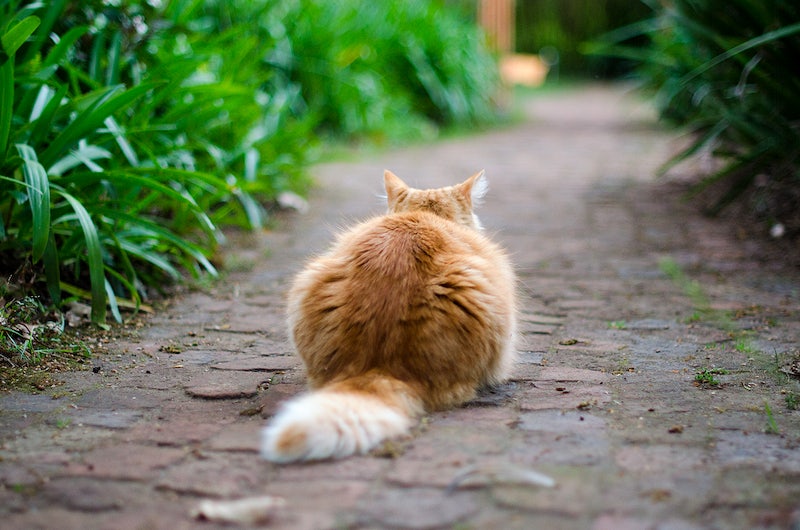The Cobblestone Cats of San Juan, hundreds of feral cats living in the historic district of this stunning 500 year old city, have become as controversial as they are beloved.
What’s wonderful about the cats
They have their own statue, their own Instagram feed, their own coffee table book, and lots of fans among locals and tourists alike. They are a diverse population, including friendly and shy cats of all varieties.
The story is that they were brought to San Juan early in its history to keep down the rat population. They did a good job of that, but now there is an enormous feral cat population. And that history may be a myth in any case; the National Park Service dates the cat population explosion to the 21st century. Ironically, the feeding stations provided for the cats also draw rats.
What’s not so great about the cats
These are feral cats. They are not all healthy or friendly. The National Park Service is concerned about the smells, the feces and urine, and the destruction of property and spread of disease. Diseases associated with the population include toxoplasmosis, rabies, bartonellosis, plague, and flea-borne typhus. These diseases can affect human beings. They also carry parasites which can affect humans, including hookworms and roundworms.
They are also concerned about the cats themselves, since their living situation is not always conducive to health and happiness.
Like the feral pig population of San Juan, the feral cat population has some downsides. The cats may be cute and picturesque, but they are also an invasive species. This means that they have effects on the native species as well as on the human population.
What has been done and what is planned
A nonprofit group, Save a Gato, already captures, neuters or spays, and tags the cats. This program is known as a TNR, or Trap-Neuter-Return program. Unfortunately, the cat population has increased rather than decreased under this program.
The National Park Service is working on a Free-Ranging Cat Management Plan to remove the animals humanely from their current situation. They are inviting public comments at their website until November 22, 2022. Thery have also held two public meetings already this month.
The current plan has two options:
- The NPS could contract with a removal company to remove the cats from the area by trapping them humanely, then closing the Curren feeding stations and perhaps using repellents or “exclusion devices” to keep the cats from returning.
- No action could be taken, in which case Save a Gato would be allowed to continue providing feeding stations, trapping and neutering the cats, and tagging those which have been neutered or spayed. They would follow up with quarterly population studies and hope that eventually the current actions will result in the elimination of the cats.
Statehood connection?
The cat population is not the result of Puerto Rico’s territory status. Individual states make their own laws about feral cats under the 10th Amendment to the Constitution, which leaves anything not covered by the U.S. Constitution up to the local state and municipality.
Like most other legal and cultural issues, Puerto Rico’s decisions about the Cobblestone Cats may currently be dictated or contradicted by Congress, but would be under the control of the state of Puerto Rico after statehood.
Statehood will give Puerto Rico equal rights and sovereignty not available to a territory.








No responses yet